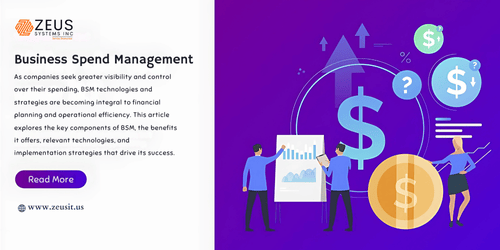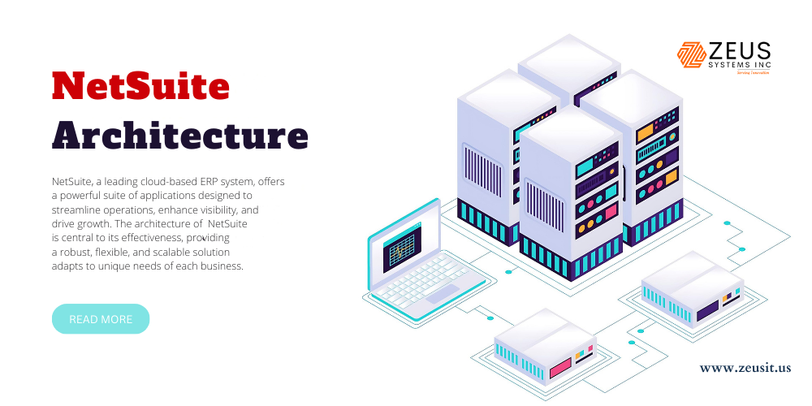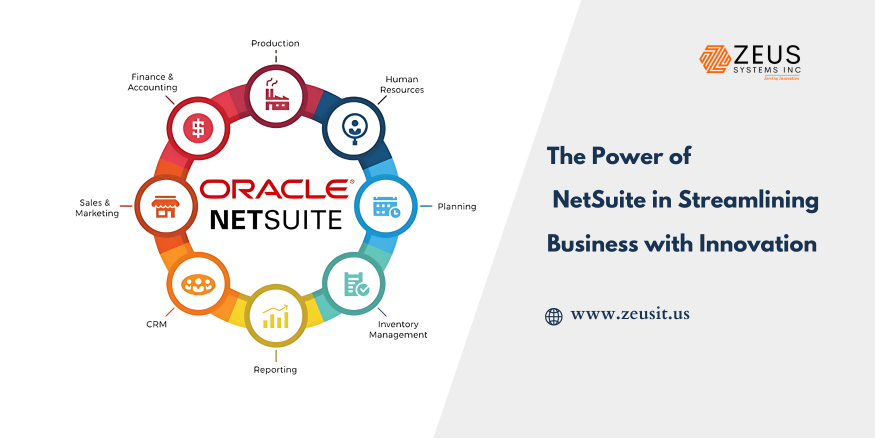Business Spend Management (BSM) has emerged as a critical focus for organizations aiming to optimize their expenditures. As companies seek greater visibility and control over their spending, BSM technologies and strategies are becoming integral to financial planning and operational efficiency. This article explores the key components of BSM, the benefits it offers, relevant technologies, and implementation strategies that drive its success.
Understanding Business Spend Management: A Critical Framework
Business Spend Management encompasses a range of practices and technologies designed to streamline and enhance the management of organizational spending. At its core, BSM focuses on three primary components: visibility, control, and optimization.
Visibility: Comprehensive Spend Tracking
Visibility refers to the ability of organizations to monitor and analyze their spending in real-time. Achieving comprehensive visibility requires robust data aggregation from various sources, including procurement systems, expense reports, invoices, and financial software. By consolidating this data, finance teams can gain insights into where money is being spent across the organization, identifying trends and potential areas for cost reduction.
For instance, advanced spend analytics tools can categorize spending by department, project, or vendor, enabling organizations to visualize their expenditures in meaningful ways. This level of transparency allows decision-makers to detect anomalies or unexpected spikes in spending, prompting timely investigations and corrective actions. Moreover, having real-time visibility into spend helps organizations manage budgets more effectively, ensuring alignment with strategic goals.
Control: Ensuring Compliance and Accountability
Control involves establishing policies and processes that govern spending activities. By implementing clear guidelines, organizations can ensure compliance with internal budgets and procurement policies. This minimizes the risk of overspending and promotes accountability across departments, fostering a culture of responsible financial management.
To enhance control, organizations can adopt automated approval workflows that require spending requests to go through designated approval channels. This ensures that all expenditures are vetted and align with organizational policies. Additionally, organizations can set up alerts and notifications for budget thresholds, enabling proactive management of spending before it escalates.
Optimization: Driving Cost Savings and Efficiency
The ultimate goal of BSM is to optimize spending to drive cost savings and improve operational efficiency. This involves analyzing spending data to identify areas for cost reduction, negotiating better terms with suppliers, and streamlining procurement processes.
Organizations can use spend analysis to pinpoint opportunities for consolidation, where multiple purchases from different vendors can be aggregated to negotiate bulk discounts. Furthermore, by establishing strategic relationships with key suppliers, organizations can unlock additional value through collaborative cost-saving initiatives. Continuous monitoring of spending patterns also helps organizations adapt quickly to market changes, ensuring they remain agile in their financial management.
The Benefits of Business Spend Management
Implementing an effective BSM strategy offers numerous advantages for organizations of all sizes:
Enhanced Financial Visibility
With improved visibility into spending, organizations can make more informed financial decisions. This transparency enables finance teams to track expenditures in real time, identify trends, and allocate resources more effectively. By having a comprehensive view of spending, organizations can better align their financial resources with strategic objectives.
Improved Cost Control
By establishing clear spending policies and monitoring compliance, organizations can prevent budget overruns and ensure that expenditures align with strategic goals. This control fosters accountability and responsible financial behavior, as departments become aware of their spending limits and the impact of their decisions on overall business performance.
Streamlined Procurement Processes
BSM technologies can automate and streamline procurement processes, reducing administrative burdens and speeding up decision-making. For instance, automated procurement workflows can expedite vendor selection and contract approvals, allowing organizations to respond quickly to market demands. This efficiency not only saves time but also reduces the risk of human error in procurement activities.
Data-Driven Decision Making
Access to comprehensive spending data empowers organizations to make data-driven decisions. By analyzing historical spending patterns, organizations can forecast future needs and adjust budgets proactively. This analytical approach enhances financial planning, allowing organizations to allocate resources where they are most needed.
Increased Supplier Collaboration
Effective BSM fosters stronger relationships with suppliers, leading to better collaboration and negotiation outcomes. By sharing insights and data with key suppliers, organizations can work together to identify cost-saving opportunities, improve service delivery, and enhance overall value. This collaborative approach often results in long-term partnerships that benefit both parties.
Relevant Technologies in Business Spend Management
The effectiveness of BSM increasingly relies on advanced technologies that streamline processes, enhance data visibility, and improve decision-making. Key technologies shaping the future of BSM include:
1. Spend Analytics Tools
Spend analytics platforms play a crucial role in BSM by enabling organizations to analyze their spending data comprehensively. These tools aggregate data from multiple sources, providing in-depth analysis of spending patterns. By using data visualization techniques, organizations can quickly identify trends, outliers, and opportunities for cost savings. Advanced analytics features, like predictive modeling, can help forecast future spending behaviors, allowing businesses to adjust their budgets proactively.
For example, a company might discover through analytics that a significant portion of its spending is concentrated with a few suppliers. This insight could lead to negotiations for better pricing or exploring alternatives to diversify their supplier base.
2. Procurement Software
Modern procurement software solutions automate and streamline purchasing processes, making it easier for organizations to manage supplier relationships and negotiate contracts. These platforms often include features such as e-sourcing, contract management, and supplier performance evaluation. By leveraging these tools, organizations can achieve greater transparency in their procurement processes and ensure compliance with internal policies.
Additionally, procurement software often integrates with existing financial systems, allowing for seamless data flow and improved reporting capabilities. This integration ensures that procurement activities align with broader financial goals and strategies.
3. Expense Management Solutions
Expense management software simplifies the process of tracking and managing employee expenditures. These solutions often include mobile apps that allow employees to submit expenses on-the-go, making it easier to capture costs in real-time. Features such as automated receipt scanning, policy compliance checks, and integration with accounting systems streamline the reimbursement process and reduce administrative burdens.
By automating expense reporting, organizations can improve accuracy and reduce the time it takes to process employee reimbursements. Furthermore, these solutions often provide insights into employee spending patterns, enabling finance teams to identify trends and optimize policies accordingly.
4. Robotic Process Automation (RPA)
Robotic Process Automation (RPA) is increasingly being adopted in BSM to automate repetitive and manual tasks. For instance, RPA can handle data entry, invoice processing, and report generation, freeing up valuable time for finance teams to focus on more strategic initiatives. By reducing manual errors and increasing processing speed, RPA enhances the overall efficiency of spend management processes, enabling organizations to respond more quickly to financial data and trends.
Organizations that implement RPA in their BSM processes often report significant reductions in processing times and increased accuracy in data handling. This efficiency translates into better financial reporting and decision-making capabilities.
5. Artificial Intelligence and Machine Learning
Artificial Intelligence (AI) and Machine Learning (ML) are poised to revolutionize Business Spend Management. These technologies can analyze vast amounts of spending data to identify patterns and anomalies, enabling organizations to make more informed decisions. For example, AI can help predict future spending trends based on historical data, allowing businesses to adjust their budgets proactively.
Moreover, AI-driven tools can offer personalized recommendations for cost savings and vendor selection, enhancing procurement strategies. For instance, AI can analyze supplier performance data to suggest alternatives or negotiate better terms based on market conditions.
6. Blockchain Technology
Blockchain technology is gaining traction in procurement and spend management by enhancing transparency and security in transactions. With blockchain, organizations can create immutable records of contracts and transactions, reducing the risk of fraud and ensuring accountability. This technology can also facilitate smarter contracts that automatically execute terms when predefined conditions are met, streamlining procurement processes and enhancing trust among stakeholders.
By leveraging blockchain, organizations can improve traceability in their supply chains, ensuring that spending aligns with ethical and sustainable practices. This transparency is increasingly important for organizations committed to corporate social responsibility.
Implementing Technology in Business Spend Management
To effectively integrate these technologies into a BSM strategy, organizations should consider the following steps:
Assess Current Processes
Begin by evaluating existing spend management processes to identify areas where technology can add value. Engage stakeholders from finance, procurement, and other relevant departments to understand pain points and opportunities for improvement.
Conducting a thorough assessment will help organizations identify gaps in their current practices and prioritize areas for technological enhancement. This collaborative approach ensures that all voices are heard, and the selected technologies align with organizational goals.
Select the Right Tools
Choose technology solutions that align with organizational needs and integrate well with existing systems. Consider factors such as user-friendliness, scalability, and vendor support when evaluating options. It’s also essential to ensure that selected tools comply with industry regulations and standards.
Organizations should conduct pilot programs to test new technologies before full-scale implementation. This approach allows teams to identify potential issues and make necessary adjustments based on real-world feedback.
Provide Training and Support
Ensure that employees receive adequate training on new technologies to maximize their effectiveness. Ongoing support and resources will help employees adapt to changes and fully utilize the capabilities of the tools. Consider creating user manuals and training sessions tailored to different roles within the organization.
Establishing a support system, such as a dedicated help desk or online forum, can also facilitate the resolution of any issues that arise during the transition to new technologies.
Monitor and Optimize
Continuously monitor the performance of technology solutions and gather user feedback to identify areas for improvement. Use this information to make data-driven adjustments to processes and tools, ensuring that the BSM strategy evolves with changing organizational needs.
Implementing key performance indicators (KPIs) to measure the success of the BSM strategy is vital. Regularly reviewing these metrics can help organizations track progress and identify areas for further enhancement.
Conclusion: Embracing Technology for Enhanced Spend Management
As organizations continue to navigate the complexities of Business Spend Management, the integration of advanced technologies is essential for success. By leveraging tools such as spend analytics, procurement software, and AI, businesses can enhance their financial management practices, gain deeper insights into spending behaviors, and drive strategic decision-making.
The future of BSM lies in innovation, and those that adapt will thrive in an increasingly competitive marketplace. By prioritizing technology, fostering collaboration, and committing to continuous improvement, organizations can unlock new opportunities for growth and efficiency in their spending strategies.
References
- Deloitte. (2023). The Evolution of Business Spend Management: Trends and Insights.
- PwC. (2023). Optimizing Spend Management: Strategies for Success.
- KPMG. (2024). Future-Proofing Business Spend Management: Key Considerations.
- Accenture. (2023). Harnessing Technology in Business Spend Management: A Guide for Leaders.



